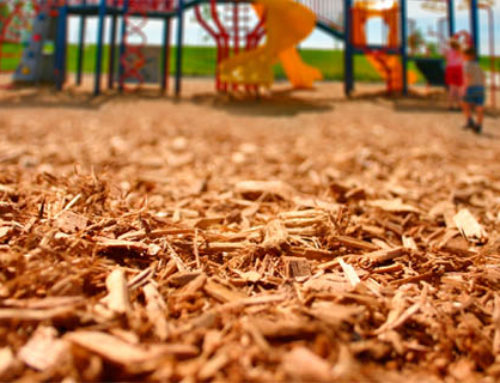June is National Great Outdoors Month! The President and all 50 states encourage people to get outdoors and enjoy the many benefits in nature. Recreation in the natural environment provides a healthy contrast to the indoor environment of our modern culture. Fluorescent lights, video screens, conditioned air, sedentary work, and mechanized transportation are the norm for many. The indoor environment provides little opportunity for exercise and fresh air. Modern occupations and entertainment center on sitting in front of artificial light and amplified sound. Demanding work schedules, processed foods, and stress erode health.
By contrast, recreating outdoors provides exposure to fresh air, vitamin D (from sunshine), and an increased sense of well-being. According to The Peninsula College of Medicine and Dentistry, “exercising in natural environments was associated with greater feelings of revitalisation, increased energy and positive engagement, together with decreases in tension, confusion, anger and depression. Participants also reported greater enjoyment and satisfaction with outdoor activity and stated that they were more likely to repeat the activity at a later date,” (Science Daily, February 5, 2011). In short, outdoor exercise provides more holistic benefits compared to indoor exercise!
Outdoor recreation can be as simple as a brisk walk or as complex as a wilderness excursion. For those who enjoy resistance training, outdoor fitness equipment might be found in the local park. A proper selection of outdoor fitness equipment includes machines for aerobic, balance, core, and muscle strength exercises. Imagine, accomplishing a complete workout that includes aerobic and resistance training, all at no charge!
The point is to GO (Great Outdoors)! Go outside, breathe, walk, run, ride, play! Enjoy the many benefits of the great outdoors this month!
Reference:
The Peninsula College of Medicine and Dentistry. (2011, February 5). Benefits of outdoor exercise confirmed. ScienceDaily. Retrieved June 23, 2014 from www.sciencedaily.com/releases/2011/02/110204130607.htm





